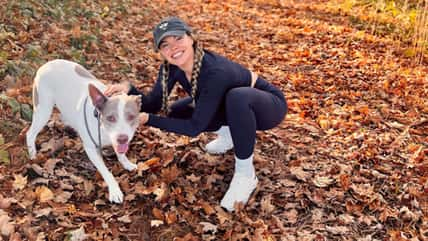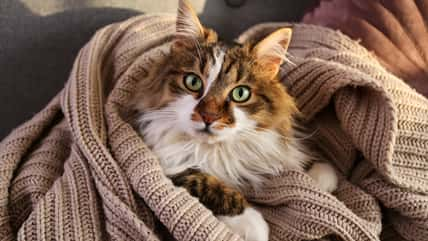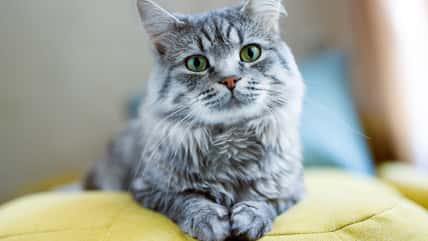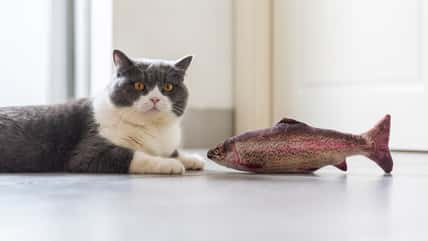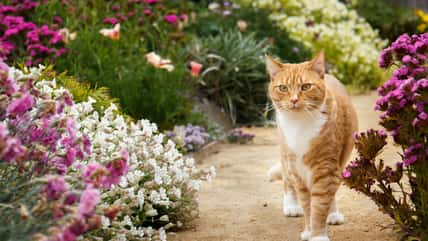Dubbed A Living Dinosaur, This Flightless And Prehistoric-Looking Bird From Australia Is At Risk Of Extinction, With Less Than 5,000 Left In The Country

The future of the endangered southern cassowary is at stake. Dubbed a “living dinosaur,” the flightless, prehistoric-looking bird is at risk of extinction. With its bright blue neck, tall brown helmet, deep growl, and claws as sharp as daggers, it closely resembles its dinosaur ancestors.
Southern cassowaries are only found in rainforests in Far North Queensland and Papua New Guinea. It is believed that less than 5,000 are still living in Australia.
In general, they are considered the most dangerous bird in the world to humans. They do not like it when humans get too close. One was even provoked into killing a man back in 2019.
The birds are now under threat of extinction due to habitat loss, attacks from dogs, and vehicle accidents, which are their number one cause of death.
The Australian government, in collaboration with Indigenous and conservation groups, has released a report outlining a detailed plan to help protect the species.
In recent years, large-scale housing developments have been pushing southern cassowaries out of their natural habitat. One of the recommendations that the plan makes is to expand the bird’s habitat by 50 percent by 2031.
The plan also suggests campaigns focused on educating dog owners about the dangers of attacks on cassowaries and more effective signage warning drivers about cassowaries in the area.
The last part of the plan includes conducting more surveys to figure out exactly how many cassowaries are left in the wild.
There are some doubts about the plan’s success. Jax Bergersen, a conservationist and member of the Cassowary Recovery Team, said, “We can have all the good thoughts under the sun, and we can lobby governments and councils for various things that are going to be of benefit, but we don’t have the strength as a group to make changes.”

phototrip.cz – stock.adobe.com – illustrative purposes only, not the actual bird
Still, it is a step in the right direction. Last year, a group of cassowaries were observed at the tip of Australia’s mainland for the first time in four decades.
The sighting brings hope for the endangered bird. Cassowaries also play a critical role in maintaining the diversity of its ecosystem. If the species is lost, their impact is sure to be felt.
According to the Queensland Department of Environment, the birds are one of the few creatures that can gobble down and disperse large rainforest fruits.
They redistribute the seeds of more than 70 tree species with seeds that are too large for other animals to eat.
“They walk around for a few kilometers, do a major poo, and out comes a seed, with the flesh off it,” Bergersen described.
“You won’t notice it [the seeds not being dispersed] in a lifetime, but it will be noticeable over a couple of hundreds of years when we no longer have trees with large fruit.”
Sign up for Chip Chick’s newsletter and get stories like this delivered to your inbox.
More About:Animals

